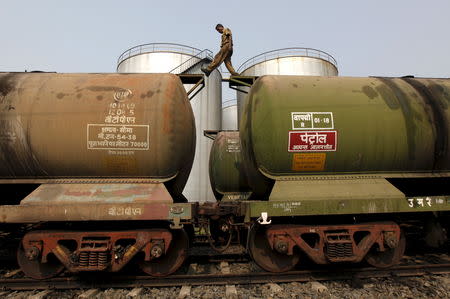Major General Manuel Quevedo / PDVSA
Last July 6, Major General Manuel Quevedo joined his wife, a Catholic
priest and a gathering of oil workers in prayer in a conference room at
the headquarters of Petroleos de Venezuela SA, or PDVSA.
The career military officer, who for the past year has been boss at
the troubled state-owned oil company, was at no ordinary mass. The
gathering, rather, was a ceremony at which he and other senior oil
ministry officials asked God to boost oil output.
“This place of
peace and spirituality,” read a release by the Oil Ministry that was
later scrubbed from its web site, “was the site of prayer by workers for
the recovery of production of the industry.”
President Nicolas
Maduro turned heads in November 2017 when he named a National Guard
general with no oil experience to lead PDVSA [PDVSA.UL]. Quevedo’s
actions since have raised even more doubts that he and the other
military brass now running the company have a viable plan to rescue it
from crushing debt, an exodus of workers and withering production now at
its lowest in almost seven decades.
Aside
from beseeching heaven, Quevedo in recent months has enacted a series
of controversial measures that oil industry experts, PDVSA employees and
contractors, and even everyday citizens say are pushing the
once-profitable and respected company towards ruin.
Soldiers with
AK-47s, under orders to prevent cheating on manifests, now board
tankers to accompany cargo inspectors, rattling foreign captains and
crews.
Workers who make mistakes operating increasingly
dilapidated PDVSA equipment now face the risk of arrest and charges of
sabotage or corruption. Military chieftains, moonlighting in the private
sector, are elbowing past other contractors for lucrative service and
supply business with PDVSA.
In a little-noted reversal of the
Socialist government’s two-decade drive to nationalize the industry, the
lack of expertise among military managers is leading PDVSA to hire
outsiders to keep afloat even basic operations, like drilling and
pumping oil. To the dismay of many familiar with Venezuela’s oil
industry, some of the contracts are going to small, little-known firms
with no experience in the sector.
Combined, industry veterans
say, the steps leave Venezuela’s most important company - which accounts
for over 90 percent of export revenue - with even fewer means to
rebuild the nation’s coffers, pay its many creditors and regain
self-sufficiency as an oil producer.
“What we are witnessing is a
policy of destroying the oil industry,” said Jose Bodas, general
secretary of the Oil Workers Federation, a national labor union. “The
military officials don’t listen to workers. They want to give orders,
but they don’t understand this complicated work.”
Maduro defends
the military managers, arguing they are more in synch with his Socialist
worldview than capitalist industry professionals who exploit the
country for personal profit. “I want a Socialist PDVSA,” the president
told allied legislators earlier this year. “An ethical, sovereign and
productive PDVSA. We must break this model of the rentier oil company.”
Quevedo,
who holds the title of oil minister as well as president of PDVSA,
didn’t respond to requests for comment for this story. Neither
Venezuela’s Information Ministry, responsible for communications for the
government and senior officials, nor PDVSA’s press office returned
phone calls or emails from Reuters.
PDVSA and the Oil Ministry
disclose scant information about Quevedo, who is 51, according to his
social security registration. He seldom makes public speeches. But at an
industry event in Vienna last June, Quevedo told journalists PDVSA is
aware of its challenges and hoped within months to make up for
plummeting output.
“We
hope by year end to recover the lost production,” he said in a forecast
that has been missed. “We have the capacity and we have summoned the
strength of the workers.”
Nearly 20 years after the late Hugo
Chavez launched his “Bolivarian revolution,” much of Venezuela is in
tatters. Food and medicines are scarce, hyperinflation has gutted
purchasing power for increasingly desperate citizens and roughly three
million Venezuelans have fled the country in search of a better life.
At
PDVSA, managers long sought to keep the company running, even if the
economic meltdown and falling oil prices meant they had fewer resources
to invest in exploration, growth and basic maintenance. Despite their
efforts, decay led to dwindling production, deteriorating facilities and
a progressive loss of skilled workers.
Now, critics say,
military officials atop PDVSA have put aside any pretense of running it
like a proper business, doing little to stem the fall in production or
improve the company’s financial, operational and staffing problems.
A PURGE
No
matter the dysfunction, PDVSA remains a rare and crucial source of
foreign currency in the enfeebled Andean country. For Maduro, who became
president after Chavez died in 2013, handing the company over to the
military is seen by many as a calculated move to buy loyalty from
officers.
“No one will be able to remove the military from PDVSA
now,” said Rafael Ramirez, a former oil minister. Ramirez ran the
company for a decade under Chavez before clashing with Maduro, who
accuses him and many other former executives of corruption. “PDVSA is a
barrack.”
PDVSA is struggling to fulfill supply contracts with
buyers, including major creditors from China and Russia who have already
advanced billions of dollars in payments in exchange for oil. Last
month, the head of Rosneft, the Russian oil company, flew to Venezuela
and complained to Maduro about the delays, Reuters reported.
Demand
remains healthy for Venezuelan oil. Operational problems under Quevedo,
however, have caused production to drop 20 percent to 1.46 million
barrels per day, according to the latest figures Caracas reported to
OPEC, the oil cartel, of which it is a member.
Quevedo in January
will assume OPEC’s rotating presidency for one year. PDVSA’s financial
problems are likely to demand much of his attention.
The gross
value of PDVSA’s oil exports is expected to fall to $20.9 billion this
year compared with $24.9 billion last year, according to a calculation
provided to Reuters by the International Energy Center at IESA, a
Venezuelan business school. Exports a decade ago were over four times as
much, reaching $89 billion, according to PDVSA’s accounts for 2008.
PDVSA didn’t publish a 2017 report and hasn’t released financial results in 2018.
Little has been publicly disclosed by PDVSA or Maduro’s government about the military transformation within its ranks.
A
Reuters examination based on confidential PDVSA documents – as well as
interviews with dozens of current and former employees, shippers,
traders, foreign oil executives and others who do business with the
company – shows how Quevedo’s National Guard is seeping into every facet
of its operations. The documents include employment records, agreements
with contractors and internal staff memos.
Quevedo
has appointed more than 100 aides and advisors from the military and
from a previous post as a government minister to senior positions,
according to a person familiar with PDVSA’s human resource records.
At
its shabby concrete Caracas headquarters, once brimming with suited
executives, military officers are now in charge of operations. Workers
say offices in Quevedo’s penthouse sanctum remain luxurious. But in the
run-down halls below, socialist propaganda, including portraits of Fidel
Castro and Ernesto “Che” Guevara, is among the scant decor left on the
walls.
The shift toward military management was the result of a purge of PDVSA leadership.
Allegations
of corruption have been rife across the Venezuelan government in recent
years; Maduro himself is the target of U.S. sanctions for graft and
human rights violations, which he denies.
In 2017, the president
leveled his own accusations against PDVSA, describing it as a den of
“thieves.” He accused many former executives of skimming from contracts
and laundering money and argued that their graft worsened the country’s
crisis.
He ordered the arrest of dozens of top managers,
including PDVSA’s two previous presidents, chemist Nelson Martinez and
engineer Eulogio Del Pino. Martinez died at a military hospital earlier
this month, suffering a heart attack while undergoing kidney dialysis,
two people familiar with the circumstances said.
Del Pino remains
detained, awaiting trial. Reuters was unable to reach his lawyers for
comment. A person familiar with Del Pino’s defense said he has yet,
after a year in jail, to have an initial court hearing.
LOYALIST
At the time of the purge, Quevedo had risen from the National Guard ranks to become a prominent government loyalist.
Quevedo’s
Twitter profile often features a photo of the general, a stocky and
balding man with heavy eyebrows, reviewing paperwork with the president
or smiling happily alongside him. His feed consists almost exclusively
of retweets of Maduro’s posts.
Since 2001, the general has moved
between military and civilian positions. He has a longstanding
relationship with Diosdado Cabello, the powerful vice president of the
Socialist party: The two were classmates as young men at military
school.
Those ties led to senior posts for Quevedo at the Defense
Ministry and a program created by Chavez for low-income housing,
according to official government gazettes and people who know his
trajectory.
In 2014, back in a command role with the National
Guard, Quevedo led a unit that clashed with demonstrators during
protests that shook Venezuela for four months. At least 43 people, on
both sides, died during the demonstrations, sparked by the onset of food
shortages.
Quevedo was criticized by many government opponents
for using excessive force, which he denied. He appeared frequently on
state television at the time, donning an olive-green helmet and
bullet-proof vest. “These are terrorist groups,” he said of the
protestors, who eventually dissipated, leading him to declare that “the
coup has been defeated.”
Pleased with Quevedo’s performance,
Maduro in 2015 named him housing minister. In his two years in the post,
he again became a fixture on state television, often wearing the red
shirt of the Socialist movement and praising Maduro’s “humane” housing
policies.
Opposition
leaders scoffed at what they saw as Quevedo’s outsized boasts,
including an unsubstantiated claim that the government constructed more
than 2 million homes, despite widespread shortages of basic building
materials. The housing ministry didn’t respond to requests for comment.
In
November 2017, intelligence agents arrested former PDVSA chief Del Pino
in a predawn raid on unspecified graft charges. By then, Quevedo was
Maduro’s choice to lead the all-important company. The announcement
prompted widespread skepticism in the industry.
Quevedo said he
would need little time to get a handle on the oil businesses. “Give me
10 days,” he told acquaintances, according to one person who spoke with
him at the time.
From the start, Maduro made clear the challenge
ahead. In a public address during “Powerhouse Venezuela 2018,” a
government conference meant to showcase business potential, the
president ordered Quevedo to boost oil output by a whopping 1 million
barrels per day – roughly a 50 percent increase at the time.
Over the past year, though, Quevedo has failed to reverse the slide.
One
of his first challenges, according to people within PDVSA, was to
stanch the flow of workers, many of whom deserted the company and
Venezuela altogether. PDVSA hasn’t disclosed recent employment figures.
But estimates by IPD Latin America, an oil and gas consultancy, indicate
PDVSA has about 106,000 workers – 27 percent fewer than in 2016.
Because
of cost-of-living increases that now top 1 million percent per year,
according to Venezuela’s National Assembly, PDVSA salaries have crumbled
to the equivalent of a handful of dollars a month for most workers.
With
no money, and little real work to do at idle and faulty facilities,
some employees only show up to eat at the few company cafeterias that
remain open. Shippers told Reuters that PDVSA workers at times board
vessels to ask for food.
“MALICE”
To boost manpower,
Quevedo has been staffing some jobs, including posts that once required
technical knowledge, with National Guard recruits. The terminal of Jose,
a Caribbean port in northeast Venezuela, is one of the few remaining
facilities from which PDVSA exports crude oil.
The changes are
disturbing buyers here. Some tanker captains complain that young
soldiers are woefully unprepared to verify technical details, like
whether crude density, a crucial attribute of quality, complies with
contract specifications, according to three shippers and one PDVSA
employee.
Crews fret a stray bullet from the soldiers’ rifles
could spark fires and complain that some of the crime afflicting the
country is making its way on board. Although Quevedo has tasked the
soldiers to help spot graft, some of the low-paid recruits ask for
bribes themselves, shippers said, for signing off on paperwork or
completing inspections.
“There are many risks,” one captain told Reuters.
Venezuela’s
Defense Ministry, which oversees the National Guard, didn’t respond to
Reuters phone calls or emails requesting comment.
Even with
soldiers as substitutes, PDVSA can’t find the workers it needs to man
many posts. From the processing of crude at refineries to contract
negotiations with buyers, the shortage of skilled staffers is hobbling
the company.
Trump dials back Fed attack after market plunge
In
a recent internal report, PDV Marina, the company’s maritime unit, said
staffing was in a “critical state” on PDVSA’s own tankers, forcing some
workers to toil far more than allowed by union rules. The “alarming
deficit of main staff,” the report read, means “we cannot honor labor
agreements.”
Tensions with military managers are causing even more departures, some workers say.
Consider
an incident in June, when two tankers docked at Jose. One prepared to
take on heavy crude, the other a lighter grade of oil.
As the
tankers loaded, PDVSA port employees noticed a mixup – the two crudes
had blended. The mistake, the government said later, forced PDVSA to pay
the buyers, because of contractual penalties, $2.7 million.
It would also be costly for nine PDVSA employees.
Shortly
after the error, soldiers and intelligence agents arrested the workers,
and prosecutors charged them with sabotage. “This was premeditated,”
said Tarek Saab, Maduro’s chief prosecutor, announcing the arrests on
television. “The actions go beyond negligence – there was malice here.”
After
three days in an overcrowded military jail, they were released, pending
trial. Two workers in the oil industry familiar with their case said
poor maintenance, not sabotage, caused the mishap. A faulty valve
system, flimsy after years without upkeep, caused the fuels to mix, they
said.
Six months later, the government has presented no evidence against the workers.
Reuters
was unable to reach the accused or to independently determine the cause
of the mishap. Colleagues said the workers are under orders not to
speak publicly of the incident.
The arrests have rattled PDVSA
employees, especially because soldiers and intelligence agents have also
detained workers at other facilities after mistakes.
In July,
four PDVSA employees were arrested after crude spilled into a river near
an oilfield in the state of Monagas, according to workers and media
accounts there. One worker in Monagas told Reuters that faulty turbines
caused the spill and that a vehicle shortage kept employees from
reaching the site to stem the flow.
“We don’t understand how a
lack of resources becomes an excuse to accuse workers of negligence or
sabotage,” he said. “They’re being asked to work without safety
equipment, tools, even without being able to feed themselves or their
families.”
Quevedo has been creating new partnerships that are
meant to shore up PDVSA. In August, for instance, the general said the
company was “opening its doors” for seven private companies to pursue
unspecified “service contracts” across the country.
The move
raised eyebrows here, because it ran counter to longstanding efforts to
nationalize the entire industry. Chavez himself phased out similar
contracts, arguing that they enriched private enterprise for work that
the state should do itself.
According to a document seen by
Reuters, the companies obtained six-year agreements to operate oilfields
on behalf of PDVSA in return for boosting output, financing investments
and procuring equipment.
But
the companies are unfamiliar even to veterans of Venezuela’s oil
industry. None are recognized as having experience operating oilfields.
Consorcio Rinoca Centauro Karina, one of those listed on the document,
doesn’t appear to have a web site. Reuters was unable to reach it or any
of the others.
Critics of the arrangements, and government
opponents, say the transactions aren’t transparent. By keeping details
from the public, they argue, the company faces little scrutiny over whom
it chooses to do business with.
“PDVSA is looking to maintain
its confederation of mafias, its quota of looting,” said Jorge Millan,
an opposition legislator who in September led a push in the National
Assembly to denounce the contracts.
While Quevedo’s
militarization of PDVSA hasn’t reversed the company’s decline, the
government shows few public signs of displeasure. In October, the
government announced a PDVSA board shuffle. Among the changes: Jose
Rojas, another National Guard general, replaced a civilian director.
Past executives joke that Quevedo knew what he was doing when he prayed for help.
“He’s
right,” said Jose Toro Hardy, an economist who served on PDVSA’s board
of directors in the 1990s. “A miracle is needed for an increase in these
conditions.”
Additional reporting by Mayela Armas and Vivian Sequera in Caracas and Ernest Scheyder in Vienna. Editing by Paulo Prada.

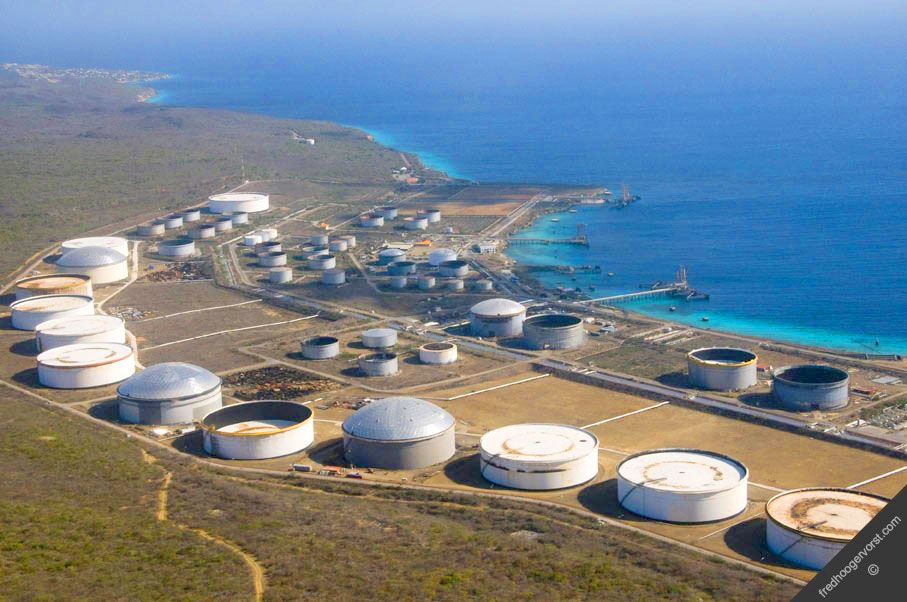

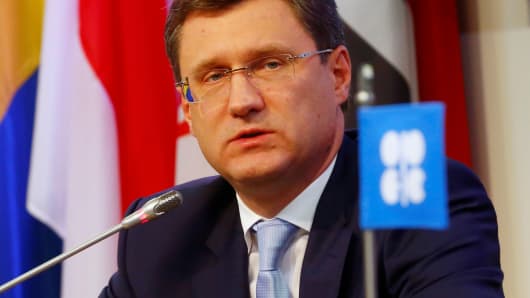




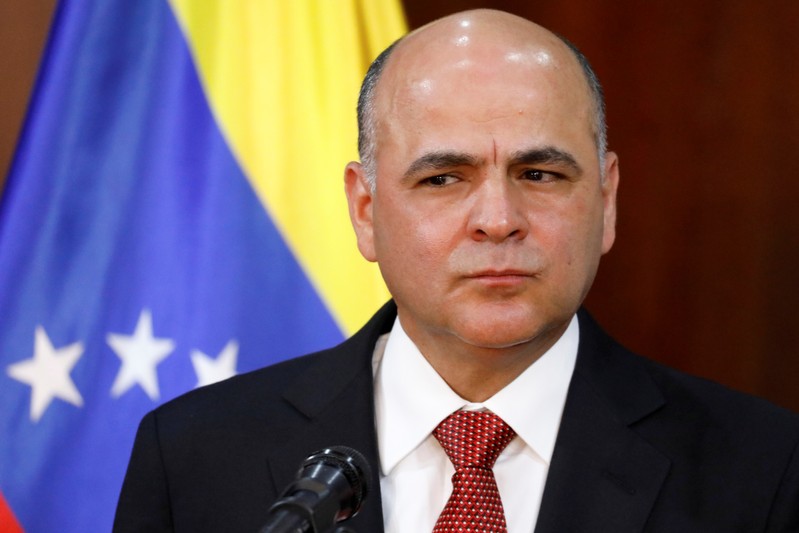


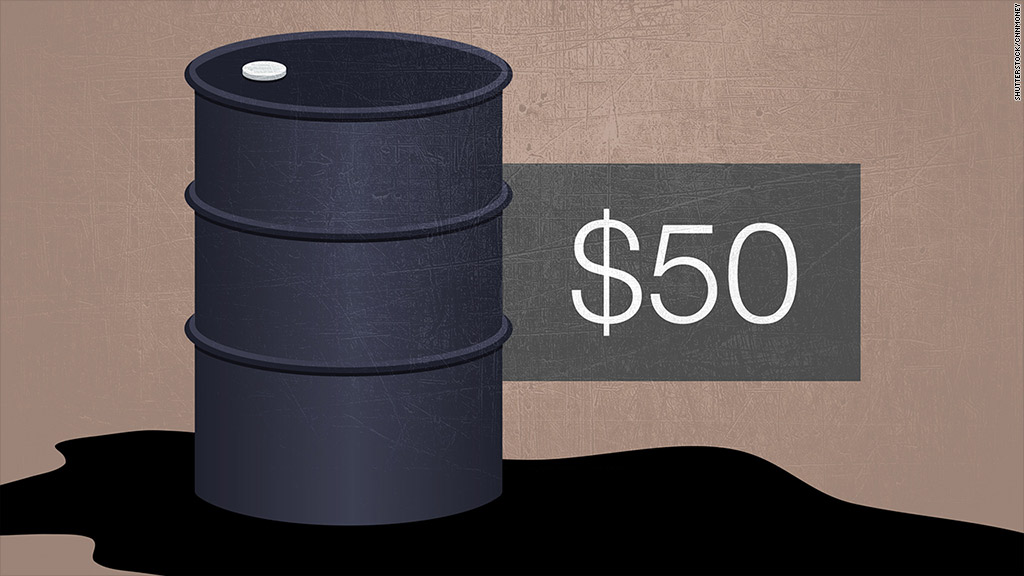
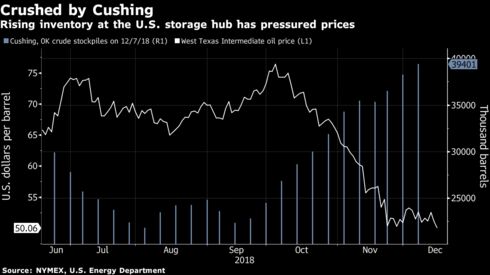
 Khalid Al-Falih hands Alexander Novak the keys to OPEC decision making in the office of the group’s secretary general.
Khalid Al-Falih hands Alexander Novak the keys to OPEC decision making in the office of the group’s secretary general.